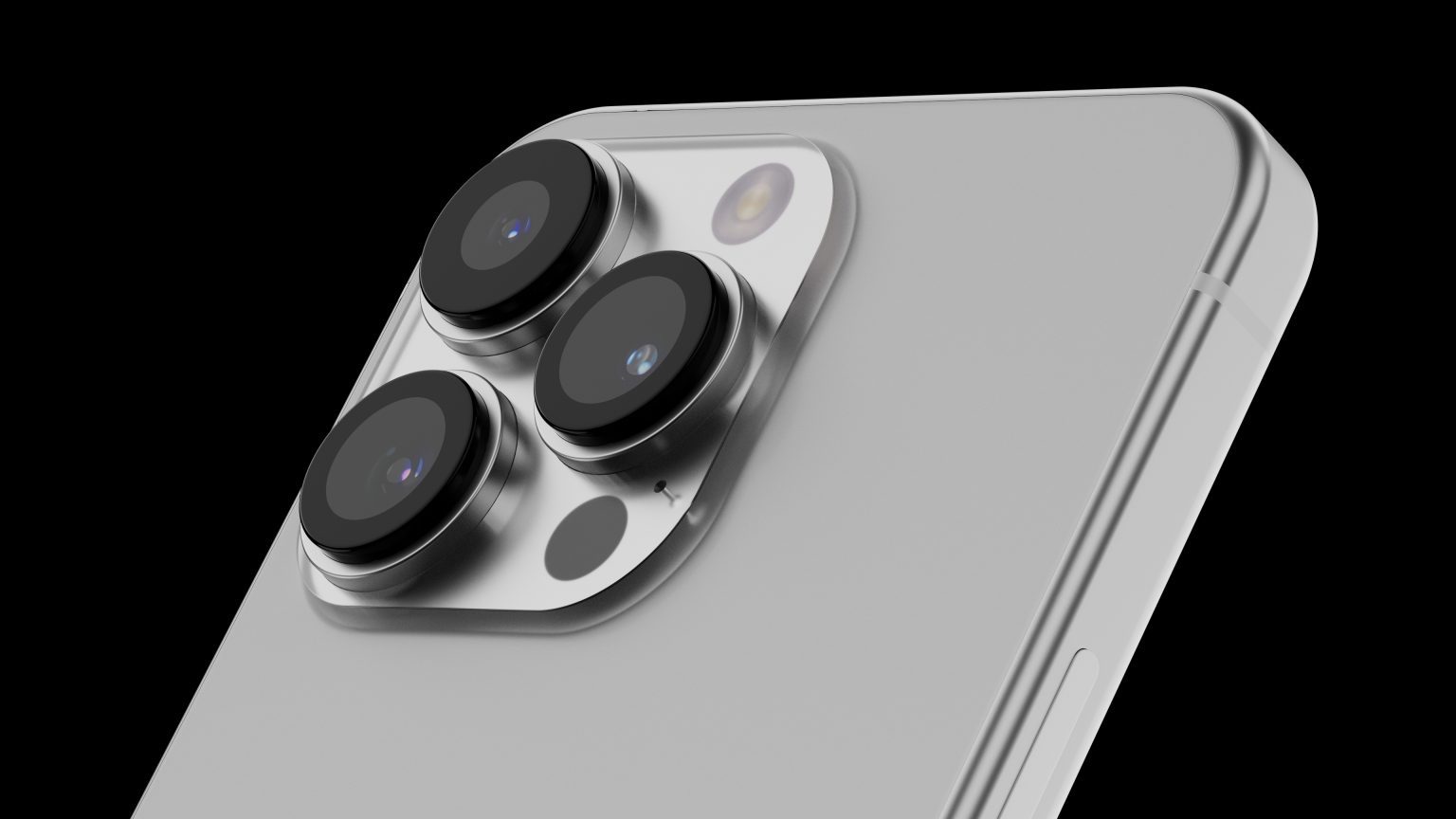Apple is allegedly working on a new technology allowing batteries to pack extra density while maintaining their charging capacity for longer. The iPhone 15 lineup will reportedly be the first Apple product to feature the new stacked battery design, according to a recent rumor originating from Twitter.
The rumor’s source appears to be the Twitter profile @RGcloudS, which mainly breaks rumors for Android devices. The profile claims that Apple will use the stacked battery design on the entire iPhone 15 lineup, while Samsung is reportedly also testing the same feature for its premium Galaxy S24 devices which are likely to be branded Galaxy S24+ and S24 Ultra, but not the standard S24.
A stacked battery employs a distinct approach to assembling and packaging battery cells. Normally, a battery comprises positive and negative electrodes produced as elongated strips, which are then rolled up in a winding process prior to packaging.
In contrast, a stacked battery cell utilizes folding techniques to arrange the elements and separators into zig-zag layers, a method known as lamination. This folding process significantly reduces wasted space within the packaged cell compared to the traditional winding method, allowing for the inclusion of more material and resulting in a higher capacity.
The user also claims that Apple is working on faster wired charging with speeds of up to 40 watts, in addition to 20-watt speeds for wireless MagSafe charging. However, it remains to be seen whether the faster charging speeds are heading to the iPhone 15 or next year with the iPhone 16 instead. Currently, the iPhone 14 Pro and iPhone 14 Pro Max achieve maximum wired charging speeds of roughly 27 watts, whereas MagSafe charging maxes out at 15 watts.
The layered construction of a stacked battery also provides the advantage of functioning as a multi-pole battery, in contrast to a single-pole wound battery. This minimizes resistance within the battery, reducing heat generation during the charging and discharging processes. The heat generated is distributed more uniformly across the entire cell, rather than being concentrated in a specific area.
This even distribution of heat not only prevents premature wear and tear but also extends the overall lifespan of the battery. Additionally, stacked batteries can be charged and discharged at significantly higher rates, enabling faster charging of devices and allowing devices to draw more power from the battery when needed.
iPhone 15 Specs and Release Date
The iPhone 15 lineup is expected to be announced two months away from now in a special event typically held in mid-September. Apple is expected to expand Dynamic Island, first introduced on the iPhone 14 Pro last year, to all models of the 2023 iPhone lineup. The company is also rumored to replace the Lightning port with USB-C across the entire lineup to comply with EU laws, in addition to expanding the 48MP main camera sensor to the non-Pro iPhone 15 models.
On the other hand, the iPhone 15 Pro and iPhone 15 Pro Max will introduce several exclusive features, including a periscope zoom lens on iPhone 15 Pro Max, significantly thinner bezels, a new titanium chassis with subtly curved edges to replace stainless steel, Action Button in lieu of the mute switch, and next-generation 3nm A17 Bionic chip.






